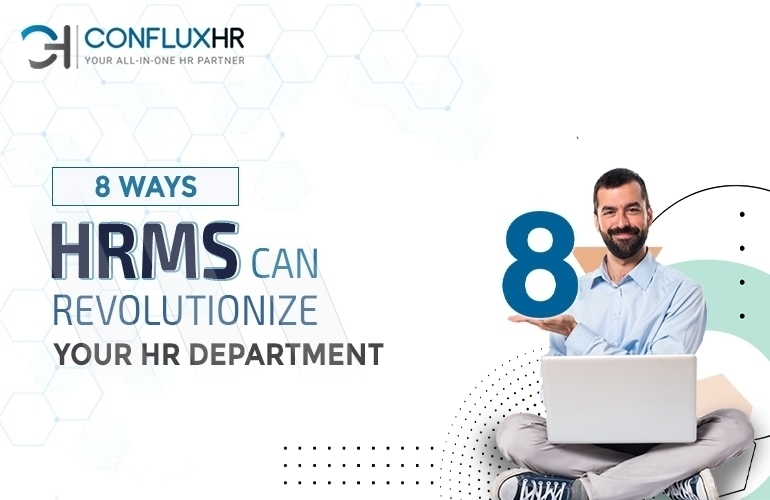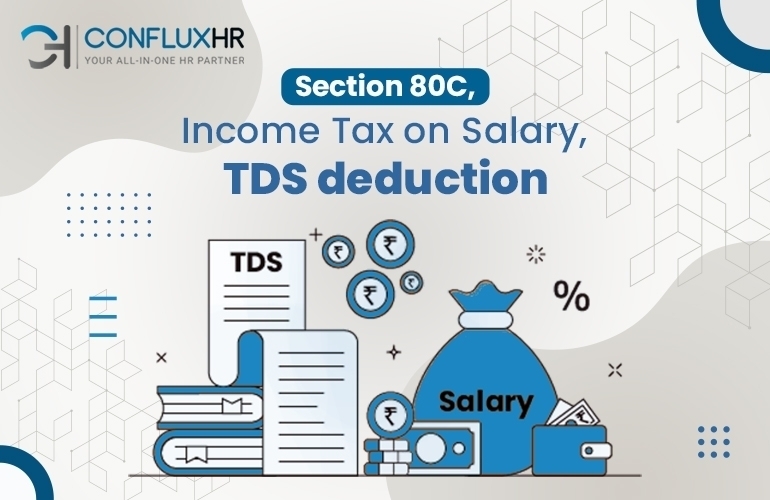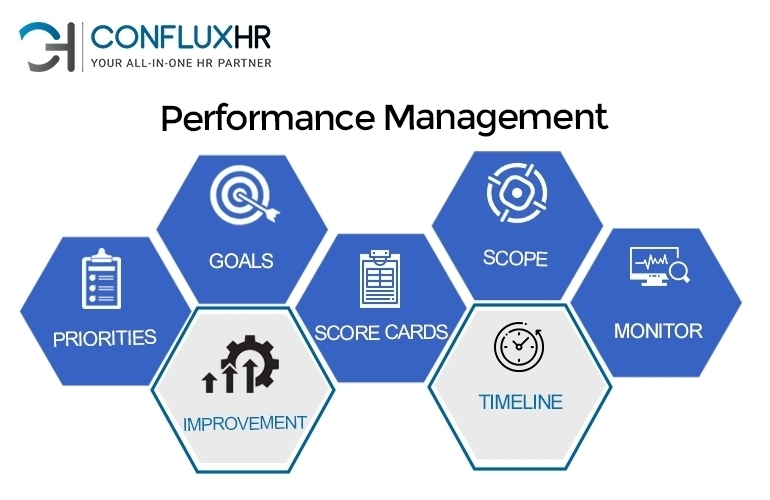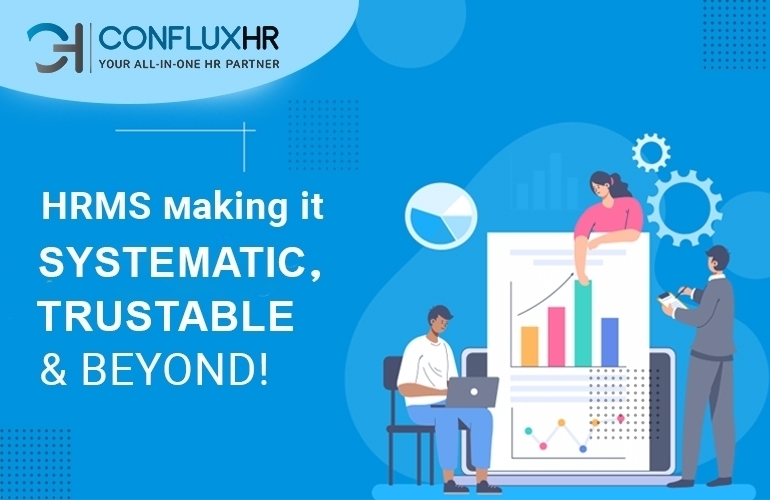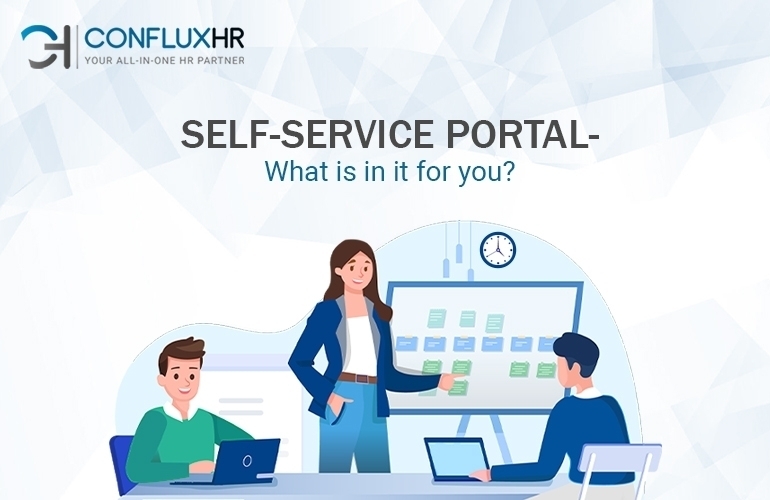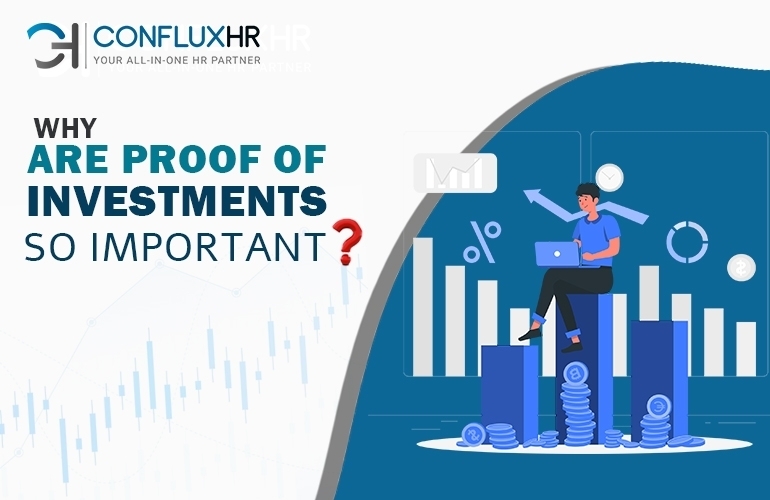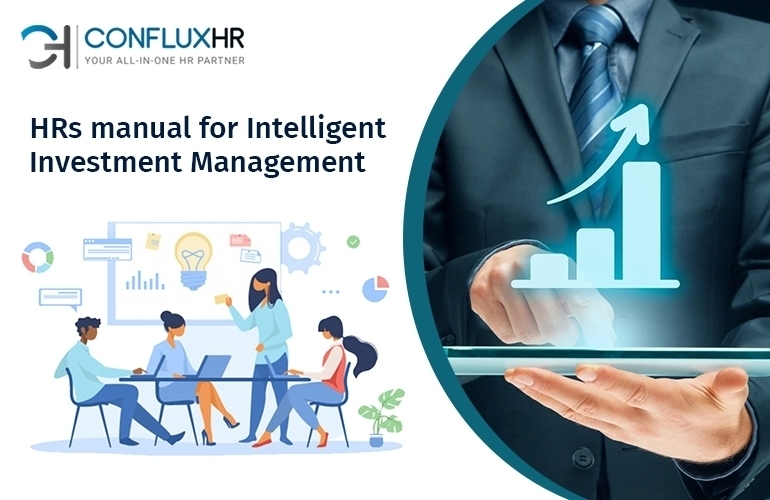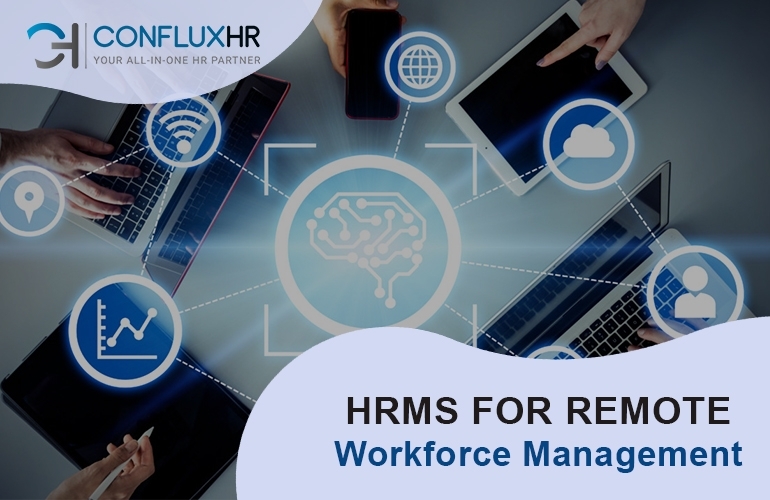Cloud technology has forced companies to look for software to boost efficiency and improve the accuracy of human resources operations.
The technology has made it possible to automate a company’s HR operations.
The advantages of a Human Resource Management System have led to improved performance across several areas, including hiring, interviews, paperwork, onboarding, payroll, attendance control, learning and development, compliance, workflow streaming, and relieving tasks.
Many free HR software programs are available, and the help of analytics and cloud-based HR software has raised staff performance transparency and boosted employee happiness.
Let’s examine how human resource management has changed because of HR software.
1. Hiring
The first step in the HR process is to decide how to hire the ideal candidate who fits the culture and environment of the company.
According to a report, online recruiting may shorten the hiring process by 25%. Consequently, 95% of the costs are saved. (1)
The efficient tracking of each candidate’s development has been made possible via cloud-based HR management software.
2. Process For Onboarding And Documenting
Many businesses have adopted cloud-based HR software to collect and retain data while onboarding personnel methodically and securely.
In addition to lowering the danger of information loss, this has enabled businesses to accumulate vital data that will help them learn and develop and offer information on their employees’ progress.
Although they now spend less time manually entering data, HR managers still devote up to 50% of their time to these responsibilities.
By accurately calculating salaries and PF amounts against employee designations, new HR systems can consolidate and automate the payroll system through e-payroll.
To avoid fines and maintain the efficient operation of the company, the payroll team can update HR systems with new policies, tax regulations, and deadlines regularly.
3. Management Of Attendance And Leaves
Thanks to a cloud-based e-attendance system, HR can compute employees’ overtime, additional days, and required working hours. It also helps in maintaining a record of employees’ attendance.
Employees who are paid by the hour or frequently put in extra work for the company outside of regular business hours may benefit from these solutions.
4. Data Management For Employees
Additionally, many web-based Human Resource Management System have brought together HR operations in one location to see personnel information, top skills, employee assessments and successes, and comments from peers.
5. Performance Monitoring
Replacing the outdated practice of assigning generic key performance indicators (KPIs) to everyone in a similar job. The performance appraisal team now has all records data linked into one location and machine learning at their disposal, making their work easier.
6. Reporting And Analysis
Companies can obtain real-time updates and analyses of employees’ performance, all thanks to HR software. When an organization’s culture changes, this would be incredibly beneficial for businesses to adapt accordingly.
Real-time updates will enable the HR manager to monitor the effect on people and notify the board of any benefits, difficulties, and the degree of success of new approaches.
7. Forming A Team
The HR division can plan and create exercises to strengthen teams using the available data. Additionally, it can identify the underlying causes of poor performance and improve teamwork abilities or employee morale.
Predictive analysis is one way that artificial intelligence will likely be used effectively. 32% of businesses claim to be prepared to start employing predictive analytics.
Regarding team development, AI may assess data from most people, teams, or organizations to forecast performance and suggest ways to improve individual contributors’ abilities.
8. Managing the Workforce
Integrating HR with the business’s goal will enable managers to enhance their planning and adopt a strategic approach to the organization’s future requirements.
Additionally, it would enable companies to spend money on staff training and development to build stronger teams and future leaders.
Consequently, decisions connected to human capital management should be strengthened. HR software assists in matching the right team with the appropriate project that fits their skill sets.
Furthermore, the program aids in streamlining all of their activities so that they may concentrate on essential jobs, boosting productivity.
Without an effective HRMS, no organization’s human resource management can compete in today’s market.


